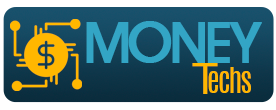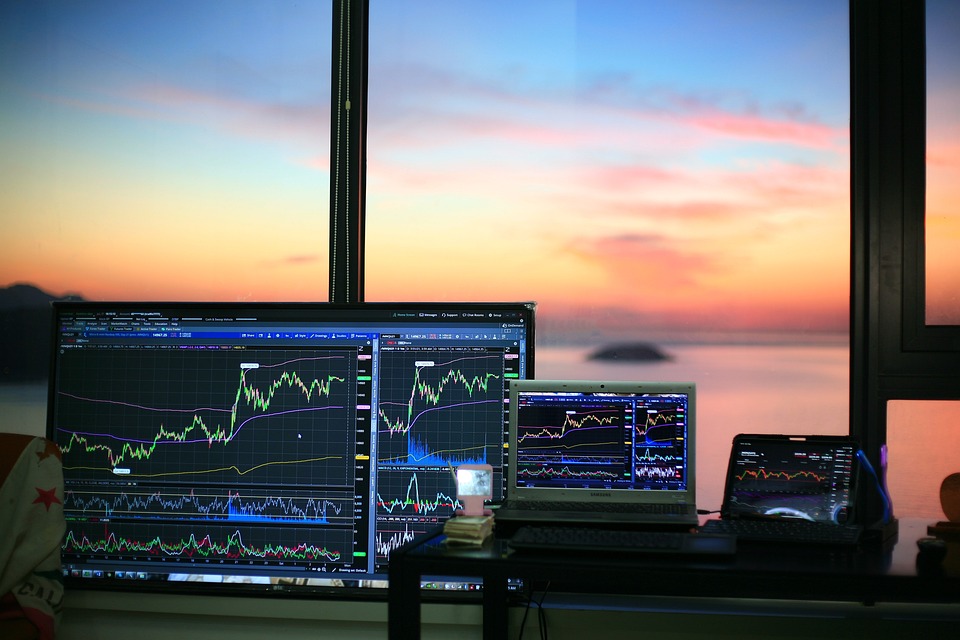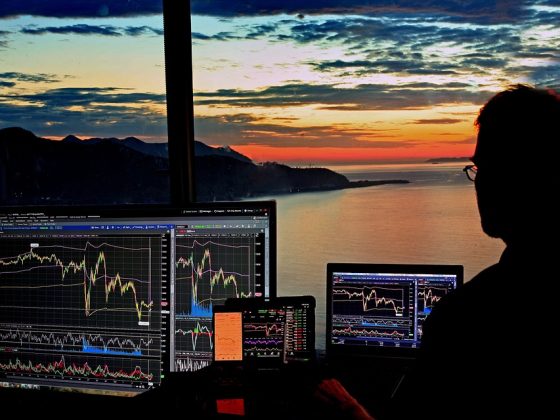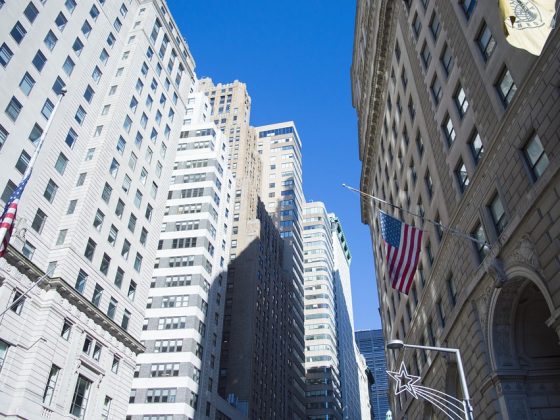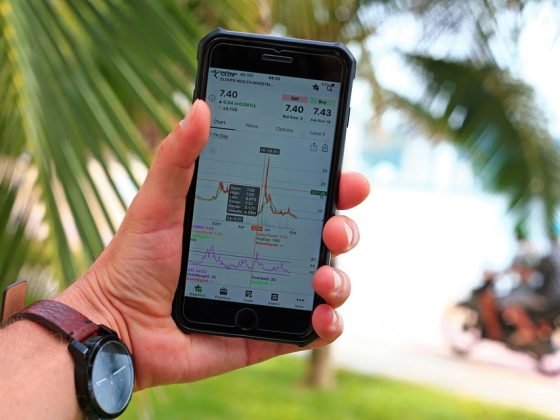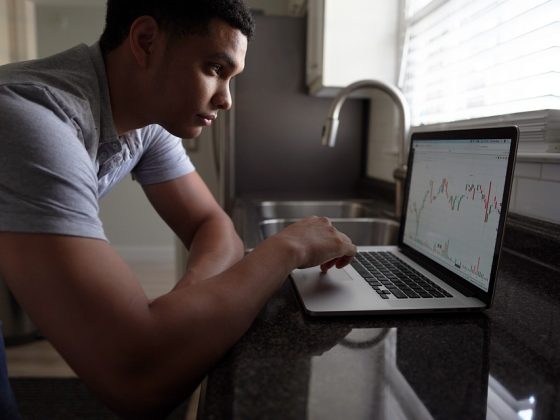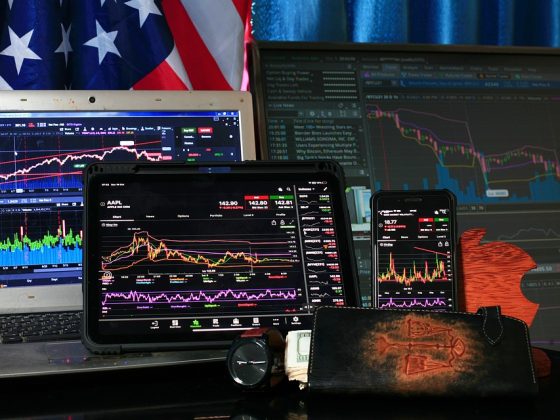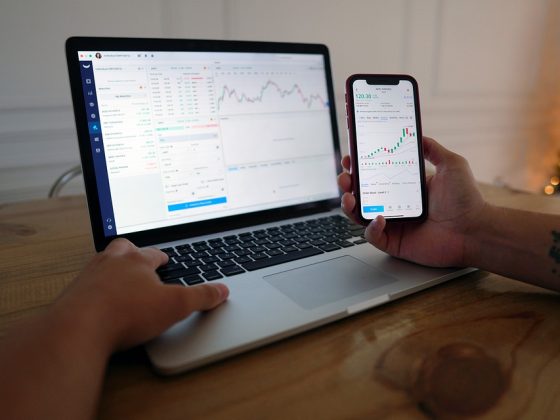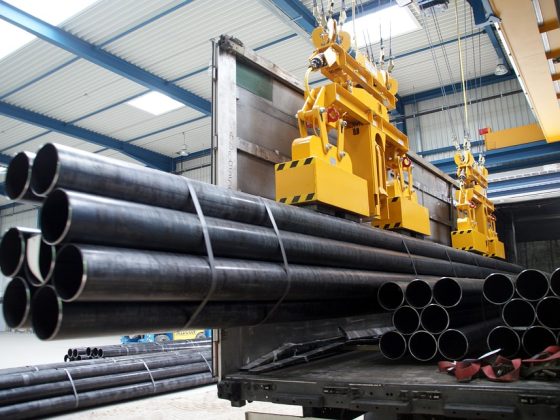Algorithmic trading, also known as automated trading or black-box trading, has been on the rise in recent years in today's economic landscape. This form of trading uses computer algorithms to make trading decisions, placing orders, and executing trades at a speed and frequency that is impossible for humans to match. With the advancement of technology and the availability of sophisticated trading platforms, algorithmic trading has become increasingly popular among institutional investors, hedge funds, and high-frequency traders.
The Rise of Algorithmic Trading
Algorithmic trading has become more prevalent in today's economic landscape for several reasons. One of the main factors driving its rise is the increasing complexity of financial markets. With the rise of global markets, the proliferation of financial instruments, and the sheer volume of data being generated, it has become increasingly difficult for human traders to keep up with the pace of trading and make informed decisions in real-time. Algorithmic trading systems, on the other hand, can analyze vast amounts of data, identify patterns, and execute trades within milliseconds, giving traders a competitive edge in a fast-paced market environment.
Another factor driving the rise of algorithmic trading is the advancement of technology. With the availability of high-speed internet connections, powerful computers, and sophisticated trading algorithms, traders can now execute trades with precision and efficiency. Algorithmic trading systems can continuously monitor market conditions, react to changing trends, and adjust trading strategies accordingly, all without human intervention. This level of automation has the potential to minimize human errors, reduce trading costs, and maximize trading profits.
In addition, algorithmic trading has also been fueled by advances in machine learning and artificial intelligence. These technologies have enabled traders to develop more sophisticated trading algorithms that can adapt to changing market conditions, learn from past trading patterns, and predict future price movements with a higher degree of accuracy. This has given algorithmic traders a competitive advantage over traditional traders who rely on gut instincts or technical analysis alone.
Impact on the Market
The rise of algorithmic trading has had a profound impact on financial markets. One of the most noticeable effects is the increase in trading volume and liquidity. Algorithmic trading systems can execute trades at a much higher frequency and speed than human traders, leading to a significant increase in market liquidity and efficiency. This has led to tighter bid-ask spreads, reduced price volatility, and increased market depth, making it easier for traders to buy and sell securities at fair prices.
However, the rise of algorithmic trading has also raised concerns about market manipulation and systemic risk. High-frequency trading, a subset of algorithmic trading that focuses on executing trades at ultra-fast speeds, has been criticized for creating market instability and exacerbating market crashes. Critics argue that high-frequency traders with access to advanced technology and market data can manipulate prices, front-run orders, and disrupt market functioning, leading to unintended consequences for investors and the broader economy.
FAQs about Algorithmic Trading
Q: How does algorithmic trading work?
A: Algorithmic trading uses computer algorithms to analyze market data, identify trading opportunities, and execute trades without human intervention. These algorithms can be programmed to follow specific trading strategies, such as trend-following, mean-reversion, or arbitrage, and can execute trades at lightning-fast speeds to capitalize on market inefficiencies.
Q: What are the benefits of algorithmic trading?
A: The main benefits of algorithmic trading include increased efficiency, lower trading costs, reduced human errors, improved risk management, and enhanced profitability. Algorithmic trading systems can process large amounts of data, react to market conditions in real-time, and execute trades with precision, giving traders a competitive edge in a fast-paced market environment.
Q: Is algorithmic trading suitable for individual investors?
A: While algorithmic trading has traditionally been used by institutional investors and professional traders, there are now a growing number of platforms and tools that cater to individual investors. These platforms allow individual investors to access algorithmic trading strategies, automate their trading processes, and diversify their portfolios more efficiently. However, individual investors should be aware of the risks associated with algorithmic trading and seek professional advice before using automated trading systems.
In conclusion, the rise of algorithmic trading in today's economic landscape has transformed the way financial markets operate. With the advancement of technology, the availability of sophisticated trading platforms, and the integration of machine learning and artificial intelligence, algorithmic trading has become a powerful tool for investors looking to gain a competitive edge in a fast-paced and complex market environment. While algorithmic trading offers many benefits, it also raises concerns about market manipulation and systemic risk, highlighting the need for proper regulation and oversight to ensure fair and orderly markets.
